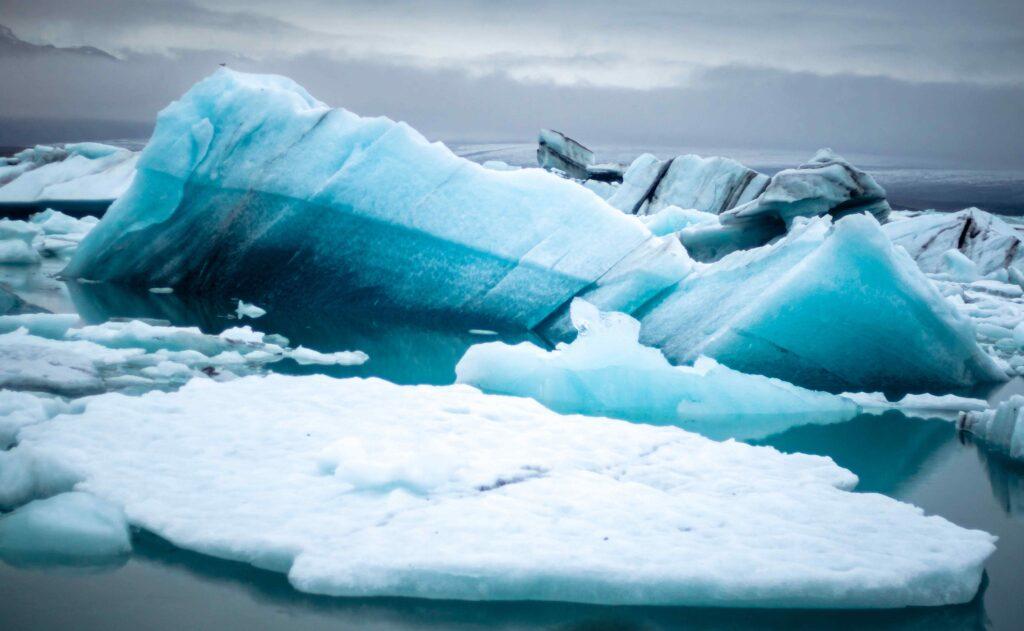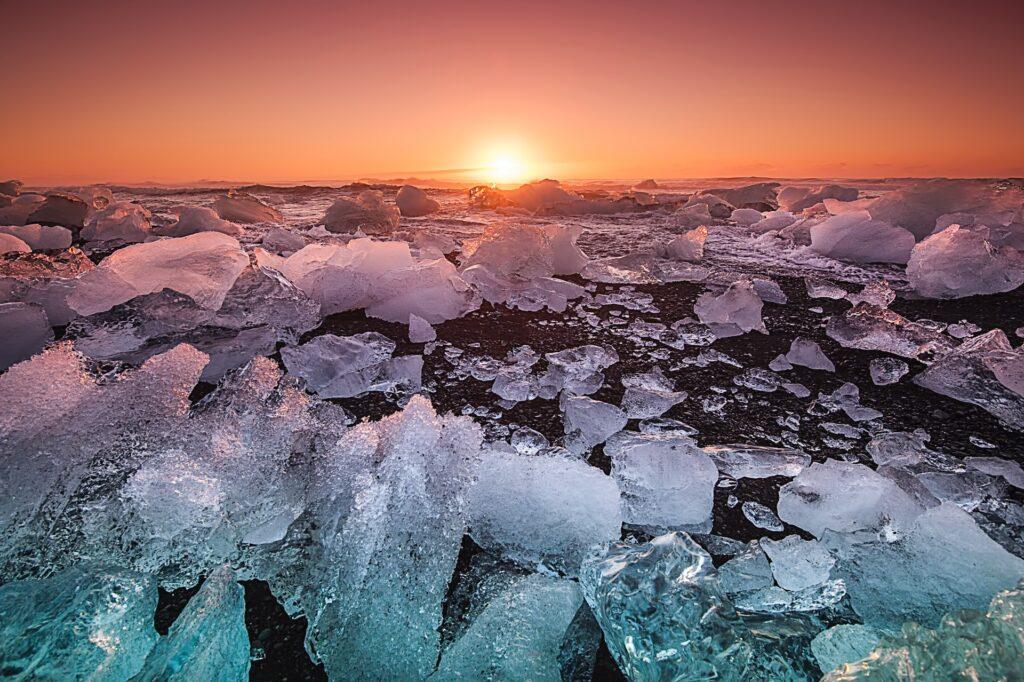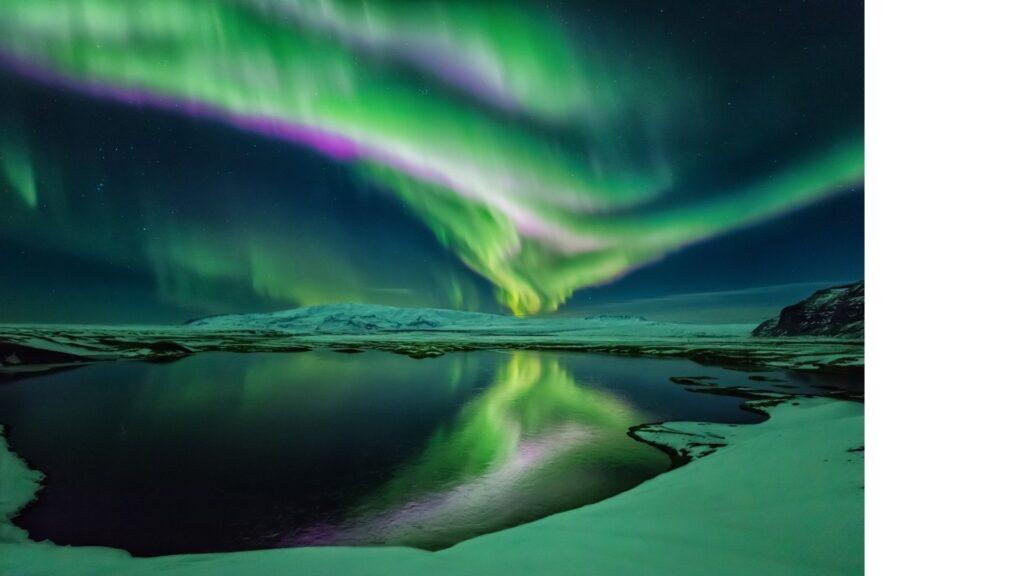
Learn everything there is to know about visiting Iceland in November. We have the answers to your questions regarding the weather in Iceland in November and how to enhance your chances of viewing the northern lights. This is the definitive guide to visiting Iceland in November, complete with a list of the top things to do and recommended itineraries.
Visit Iceland to see the Northern Lights.
The northern lights are one of the main reasons why people visit Iceland in the winter. That’s because this breathtaking show is best seen over those long, dark evenings.
These dancing waves of light are particles from the sun that collide with the Earth’s atmosphere. They are most typically seen at the planet’s poles—the north and south poles—making Iceland an ideal location to view the phenomenon.
The northern lights are easily accessible from Reykjavik. They can be seen, for example, from the Seltjarnarnes Peninsula on the city’s northeastern outskirts. However, there are some fantastic locations in Iceland’s south where you may combine spectacular scenery with a glimpse of this extra-terrestrial exhibition.
Soak in geothermal pools and hot springs.
Immersing oneself in the warm waters of Iceland’s geothermal springs and pools provides a pleasant, peaceful experience in the winter. Iceland is known as the “Land of Ice and Fire” because of the volcanic activity that heats the world beneath (and sometimes above) the Earth’s surface.
The geothermal activity in Iceland makes it an ideal destination for individuals who enjoy spas and saunas. The Sky Lagoon is a popular option just outside of Reykjavik. It is Iceland’s most well-known spa destination.
However, there are numerous other hot springs and pools to visit. The natural spa experience is a wonderful joy when you’re surrounded by snow, no matter where you go.
Golden Circle in Iceland
The Golden Circle is one of Iceland’s most well-known natural beauties.
The Golden Circle tour schedule comprises three of south Iceland’s most famous sights: Þingvellir National Park, Geysir Geothermal Park, and Gullfoss Waterfall. Here, spectacular beauty blends with an interesting history to create experiences that should not be missed on any winter vacation to Iceland.
The Geysir Geothermal Park displays the dramatic spurts of water blasted into the air by geothermal activity. Witness one of Iceland’s most spectacular waterfalls, Gullfoss. Discover the site of the world’s oldest parliament in Þingvellir.
What are the advantages of visiting in the winter? You’ll see these magnificent landscapes without the people but with a beautiful dusting of snow instead. The weather in Iceland in November can be spectacular and you will have a high chance of seeing the Northern Lights.

In the Winter, Visit Iceland’s South Shore.
The Golden Circle is one of Iceland’s southernmost treasures. But there’s still a lot more to see. In reality, Iceland’s southern shore is home to some of the country’s most magnificent sights.
Skógafoss and Seljalandsfoss, for example, are two inspiring waterfalls in the region in any season. Meanwhile, the ancient glaciers that have produced Iceland’s majestic beauty, such as Mýrdalsjökull, Sólheimajökull, and Eyjafjallajökull, may be found in the national parks of Skaftafell and Vatnajökull.
The glacial lagoon, Jökulsárlón, is a highlight of the south coast. The melting of the Breiðamerkurjökull glacier generated this lagoon. As a result, it’s a very special place, with icebergs floating across the calm waters.
Whether you are visiting Iceland in November or Iceland in January, Iceland in the winter is simply gorgeous and a must-see.
To find your Iceland winter tours click here!

